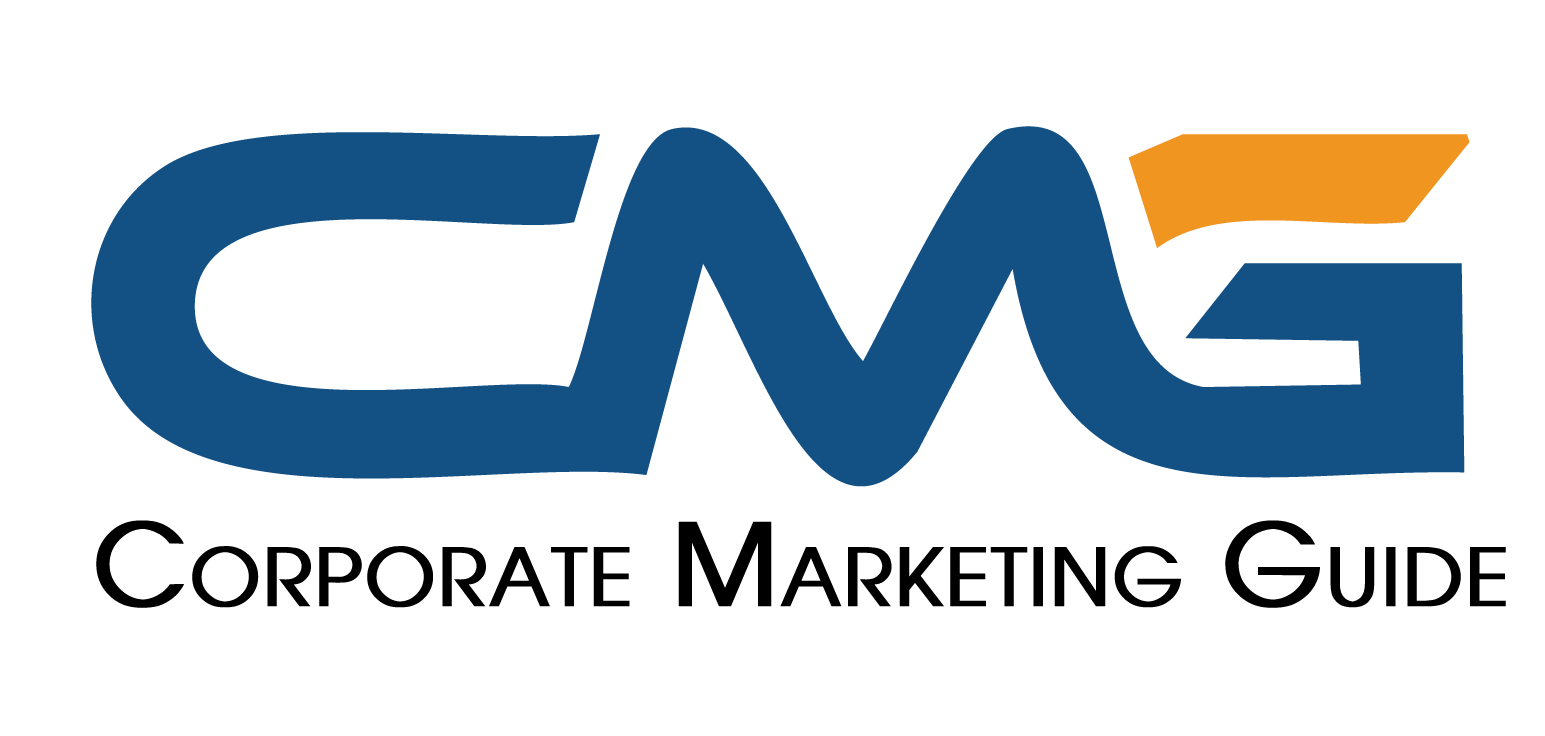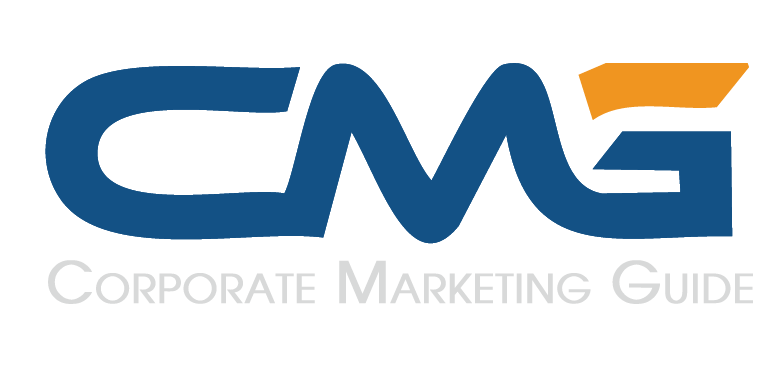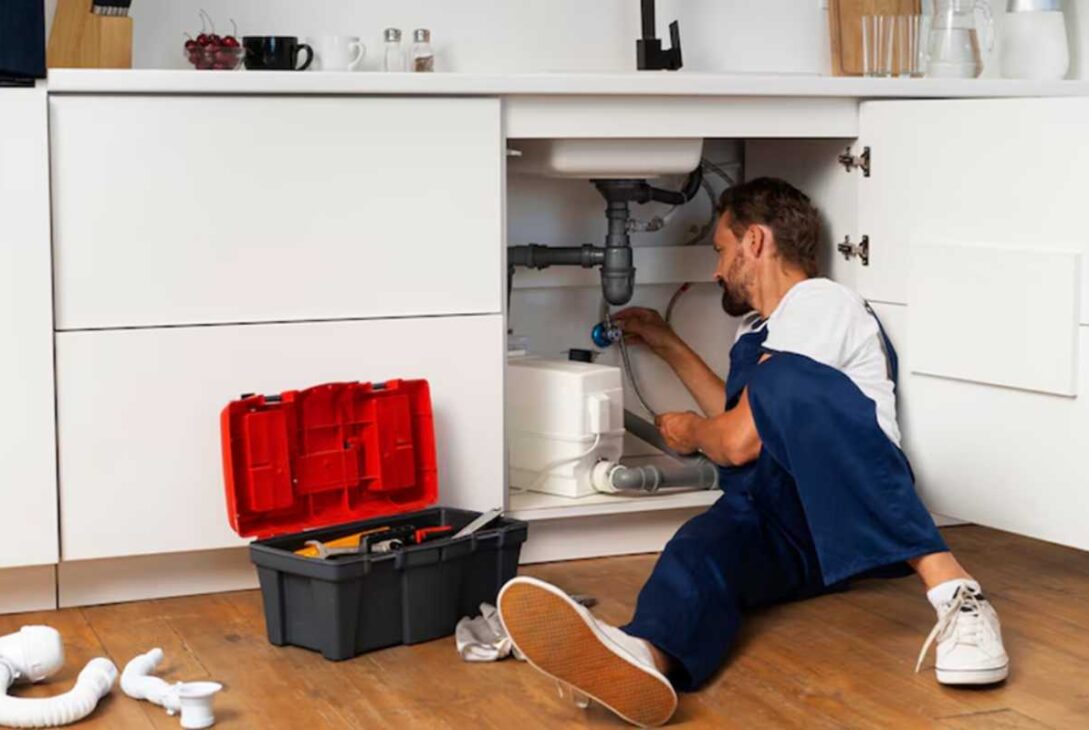Most homeowners don’t think about their drains until something goes wrong. That slow-draining bathroom sink might seem like a minor annoyance at first, but it can quickly escalate into a full-blown plumbing nightmare. Drain blockages rank among the most common household plumbing problems, yet they’re often ignored until water starts backing up or, worse, overflowing onto floors.
When facing severe drain blockages, timely intervention through emergency plumbing services becomes crucial. Waiting too long can transform a simple clog into extensive water damage, affecting floors, walls, and even the structural integrity of a property. Understanding the causes, warning signs, and solutions for drain blockages can help homeowners protect their property and avoid costly repairs.
Common Causes of Drain Blockages
Hair and Soap Scum
Bathroom drains frequently become clogged with a combination of hair and soap residue. Over time, these materials bond together, creating a sticky mass that traps additional debris and restricts water flow. This particularly affects shower and bathroom sink drains, where hair naturally accumulates during daily grooming routines.
Soap bars containing fat can leave behind residue that hardens inside pipes. When combined with minerals in water, this residue forms a stubborn substance that gradually narrows the pipe diameter. The accumulation happens slowly, which explains why many homeowners miss the early warning signs of developing blockages in pipes.
Grease and Food Waste
Kitchen drains suffer from a different set of challenges. Cooking oils and grease might pour down drains as liquids, but they solidify as they cool inside pipes. This hardened material clings to pipe walls, creating a sticky surface that captures food particles and other debris flowing through the drain.
Coffee grounds, pasta, rice, and other expandable foods contribute significantly to kitchen drain blockages. These items absorb water and swell inside pipes, creating obstructions that worsen over time. Even small food particles can accumulate and form substantial blockages, especially at pipe bends where flow naturally slows.
Foreign Objects
Homes with children face additional risks of drain blockages from toys, small household items, and other objects that find their way into toilets and drains. These objects can create immediate and severe blockages that standard household plungers cannot dislodge, often requiring professional intervention to resolve.
Toilet paper typically dissolves in water, but excessive amounts can overwhelm drains. Non-flushable items like baby wipes, feminine hygiene products, and paper towels represent major culprits behind serious toilet and sewer line clogs, despite packaging sometimes claiming flushability.
Warning Signs of Developing Drain Problems
Slow Drainage
The earliest and most obvious sign of developing drain issues appears when water takes longer than usual to drain. This problem typically starts subtly, with drainage times gradually increasing over weeks or months. Many homeowners adjust to this slow change without realizing a serious blockage is forming.
Gurgling sounds from drains offer another early warning signal. These noises occur when air trapped in pipes by partial blockages gets displaced by flowing water. Persistent gurgling generally indicates a blockage somewhere in the drainage system that warrants attention before it worsens.
Unpleasant Odors
Foul smells emanating from drains often indicate trapped organic matter decomposition inside pipes. The gases released during this decomposition process can permeate throughout a home, creating uncomfortable living conditions. These odors typically worsen over time as more material accumulates in the blocked section.
Persistent drain odors might also indicate more serious problems within the sewer system, particularly when multiple drains emit similar smells simultaneously. Such situations might involve sewer line issues requiring immediate professional assessment to prevent potential health hazards and property damage.
Water Backing Up
When water backs up from one fixture while using another, such as water rising in a bathtub when flushing a toilet, this typically indicates a serious blockage in the main drainage line. This symptom represents an advanced stage of blockage that requires immediate professional attention.
Multiple drains experiencing simultaneous problems almost always point to issues in main sewer lines rather than individual fixture drains. This situation demands prompt professional intervention, as sewage backups can cause extensive damage and create serious health hazards for occupants.
DIY Solutions vs. Professional Drain Cleaning
Home Remedies and Their Limitations
Many homeowners attempt to clear minor clogs using plungers, which can effectively dislodge simple blockages near fixture drains. This approach works best for recent, superficial clogs before they become compacted and hardened within pipes. Regular plunging as preventative maintenance can help keep drains flowing freely.
Hot water and vinegar solutions provide another common home remedy for minor clogs, particularly those caused by grease buildup. While occasionally effective for minor issues, these methods rarely resolve substantial blockages and might delay necessary professional intervention for serious problems.
Chemical Drain Cleaners: Risks and Concerns
Chemical drain cleaners offer a seemingly convenient solution but carry significant drawbacks. These caustic products can damage older pipes, particularly those made of cast iron or PVC that have already experienced wear. Repeated use increases the risk of pipe deterioration and potential leaks.
The environmental impact of chemical cleaners extends beyond household plumbing. These products eventually enter municipal water systems and can harm aquatic ecosystems. Additionally, they pose health risks to humans through respiratory exposure, skin contact, and accidental ingestion, making them a problematic choice for homes with children.
Professional Drain Cleaning Methods
Hydro jetting uses high-pressure water streams to scour pipe interiors, removing years of buildup while being gentler on plumbing systems than chemical alternatives. This method effectively cleans pipe walls of accumulated residue that narrows diameter and restricts flow, helping prevent future blockages.
Modern professional drain cleaning often involves camera inspection technology that allows technicians to visually identify blockage locations and types. This diagnostic approach ensures more effective treatment and can reveal underlying issues like pipe damage or tree root intrusion that require specialized solutions.
Preventative Maintenance Strategies
Regular Cleaning Practices
Installing drain screens represents one of the simplest yet most effective preventative measures for keeping drains clear. These inexpensive devices catch hair, food particles, and other debris before they enter pipes, substantially reducing blockage risks while requiring minimal maintenance.
Monthly maintenance with enzyme-based cleaners can help prevent blockage formation without the risks associated with harsh chemicals. These biological solutions use bacteria that naturally consume organic matter in drains, keeping pipes clearer without damaging plumbing systems or the environment.
Kitchen Drain Protection
Proper disposal of cooking grease makes a significant difference in kitchen drain health. Rather than pouring grease down drains, homeowners should collect it in containers for disposal with solid waste. This simple habit can prevent many common kitchen drain blockages and extend plumbing system lifespans.
Running cold water when using garbage disposals helps solidify grease so it breaks into particles that flush through systems rather than coating pipe walls. Additionally, grinding citrus peels occasionally can help clean disposal units and associated drains while reducing odors naturally.
Bathroom Drain Maintenance
Regular cleaning of pop-up stoppers in bathroom sinks removes accumulated hair and soap scum before these materials can wash deeper into plumbing systems. This simple maintenance task, performed monthly, can prevent many common bathroom drain blockages from forming.
Flushing bathroom drains weekly with hot water helps dissolve soap residue and prevent buildup within pipes. For shower drains particularly prone to hair-related clogs, removing visible hair weekly and using a drain screen can significantly reduce blockage frequency and severity.
When to Call for Emergency Drain Cleaning
Recognizing True Emergencies
Sewage backups constitute genuine plumbing emergencies requiring immediate professional response. These situations present serious health hazards due to exposure to harmful bacteria and pathogens, while also threatening significant property damage if not addressed promptly.
Multiple fixture failures throughout a home typically indicate main line blockages affecting the entire plumbing system. These situations rarely resolve without professional intervention and generally worsen rapidly, potentially leading to widespread water damage and unsanitary conditions throughout a property.
Choosing the Right Service Provider
When selecting emergency drain cleaning services, homeowners should prioritize companies offering 24/7 availability with clear response time guarantees. Plumbing emergencies don’t follow business hours, and prompt service can make the difference between minor inconvenience and major damage.
Experienced technicians bring valuable diagnostic skills that go beyond simply clearing immediate blockages. Their ability to identify underlying issues can help homeowners address root causes rather than repeatedly treating symptoms, potentially saving substantial money on recurring problems.
What to Expect During Professional Service
Professional drain cleaning typically begins with thorough diagnostic assessment using specialized equipment like camera inspections. This approach allows technicians to pinpoint exact blockage locations and identify their composition, ensuring appropriate treatment methods.
Service providers should offer upfront pricing based on assessment findings rather than vague estimates that might increase substantially after work begins. Transparent communication about problem causes, necessary procedures, and preventative recommendations helps homeowners make informed decisions about their plumbing systems.
Cost Considerations and Value Assessment
Comparing Costs: DIY vs. Professional Solutions
While DIY methods appear less expensive initially, repeated unsuccessful attempts often end up costing more than professional intervention would have from the start. Additionally, delays in addressing serious issues can lead to escalating damage and significantly higher overall costs.
Repeated use of chemical cleaners not only poses environmental and health concerns but also damages plumbing systems over time. This gradual deterioration can lead to premature pipe replacement, representing far greater expense than professional maintenance would have required.
Long-term Benefits of Professional Maintenance
Regular professional drain maintenance offers substantial financial benefits through early problem detection and prevention. Identifying developing issues before they cause significant damage helps avoid emergency service costs and property damage expenses associated with major blockages.
Professional cleaning extends plumbing system lifespans by preventing corrosion buildup and reducing strain on pipes and fixtures. This preventative approach represents significant long-term savings compared to premature system replacement costs resulting from neglected maintenance.
Conclusion
Drain blockages represent one of the most common yet preventable plumbing issues facing property owners. Understanding the causes and warning signs allows for early intervention before minor problems escalate into costly emergencies. While DIY methods have their place for minor clogs, professional drain cleaning provides more thorough, lasting solutions that protect both property and plumbing systems. Establishing regular maintenance routines and knowing when to call for professional help empowers homeowners to avoid the stress, inconvenience, and expense of emergency drain situations.



